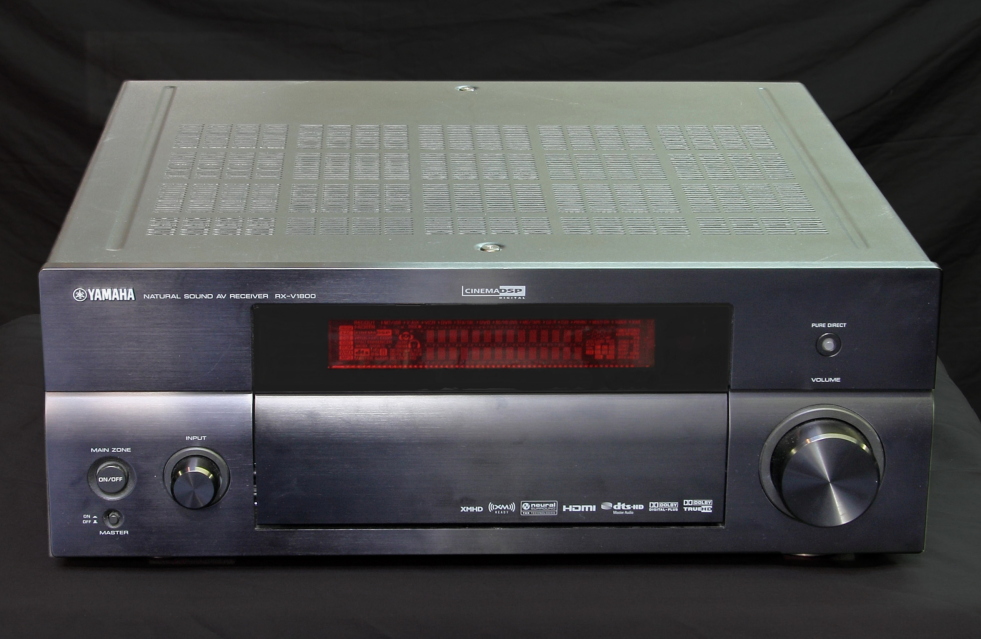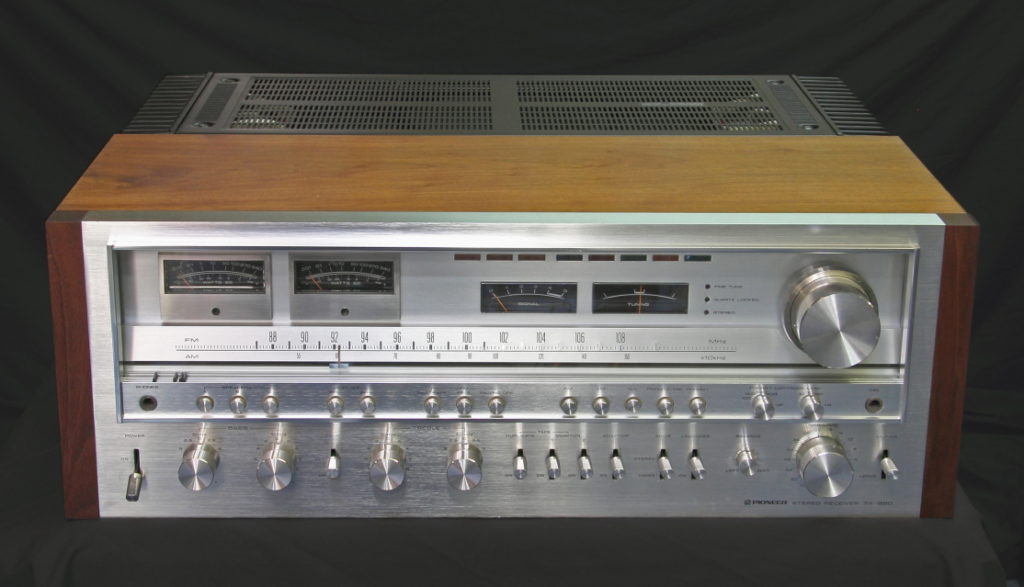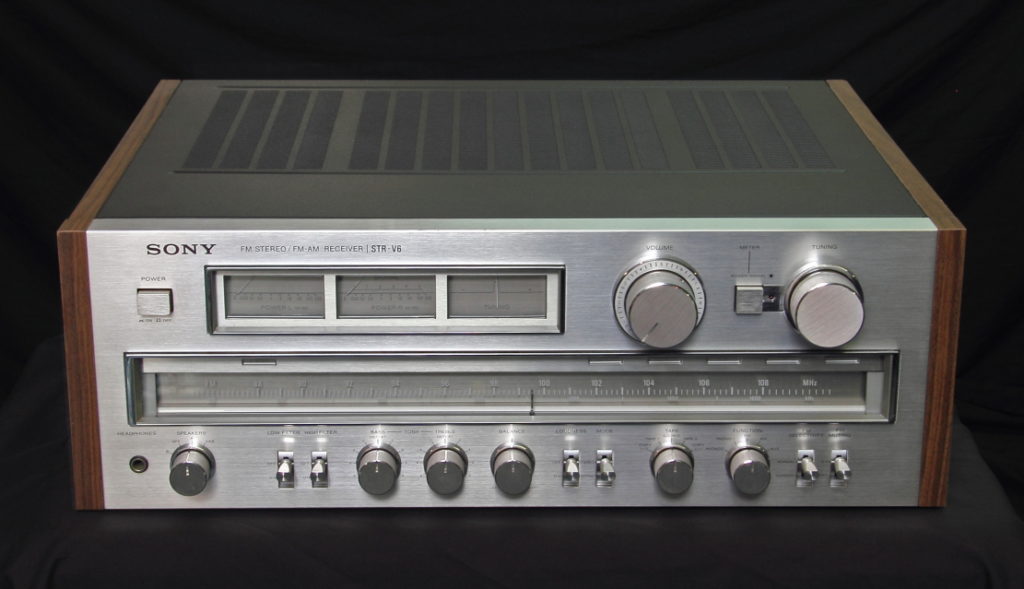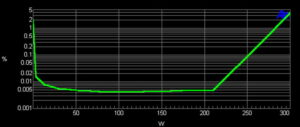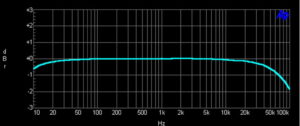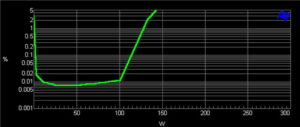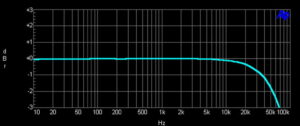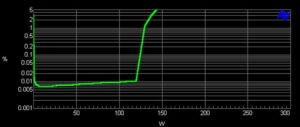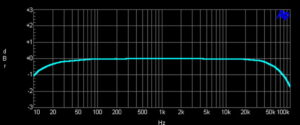rwnano
Well-Known Member
https://www.cnet.com/tech/home-entertainment/how-can-30-year-old-receivers-sound-better-than-new-ones/
REFERENCE:
blind test Link
FYI:
cnet.com
Steve Guttenberg
5–7 minutes
Since no one listens before they buy, selling today's receivers is a numbers game, and sound quality takes a back seat.

Ex-movie theater projectionist Steve Guttenberg has also worked as a high-end audio salesman, and as a record producer. Steve currently reviews audio products for CNET and works as a freelance writer for Stereophile.
It's a strange turn of events, but mainstream manufacturers long ago gave up on the idea of selling receivers on the basis of superior sound quality. I'm not claiming today's receivers sound "bad," but since almost no one ever listens to a receiver before they buy one, selling sound quality is next to impossible.
Back in the days when brick-and-mortar stores ruled the retail market, audio companies took pride in their engineering skills and designed entire receivers in-house. Right up through the 1980s most of what was "under the hood" was designed and built by the company selling the receiver. That's no longer true; the majority of today's gotta-have features--auto-setup, GUI menus, AirPlay, iPod/iPhone/iPad compatibility, home networking, HD Radio, Bluetooth, HDMI switching, digital-to-analog converters, Dolby and DTS surround processors--are sourced and manufactured by other companies. Industry insiders refer to the practice of cramming as many features as possible into the box as "checklist design." Sure, there are rare glimpses of original thinking going on--Pioneer's proprietary MCACC (Multi Channel Acoustic Calibration) auto-setup system is excellent--it's just that there's precious little unique technology in most receivers.
It doesn't matter if those features are useful to the majority of buyers, or if they're easy to use; no, the features are included to make the product more attractive to potential buyers. It's a numbers game, pure and simple. The receiver with the right combination of features is judged to be the best receiver.
OK, so what's wrong with that? The receiver engineers have to devote the lion's share of their design skills and budget to making the features work. Every year receiver manufacturers pay out more and more money (in the form of royalties and licensing fees) to Apple, Audyssey, Bluetooth, HD Radio, XM-Sirius, Dolby, DTS and other companies, and those dollars consume an ever bigger chunk of the design budget. The engineers have to make do with whatever is left to make the receiver sound good. Retail prices of receivers, the ones that sell in big numbers, never go up. The $300 to $500 models are where most of the sales action is, just like 10, 20 or 30 years ago, when their $300 to $500 models weren't packed to the gills with the features I just listed. Something's got to go, and sound quality usually takes the hit.

I don't blame Denon, Harman Kardon, Marantz, Onkyo, Pioneer, Sony, or Yamaha for making "good-enough-sounding" receivers, but it would be nice if they could occasionally offer one or two models with a minimal features set, and devote the maximum resources to making the thing sound as good as possible. Oh right, that's what high-end audio companies do!
As luck would have it, my friend Brent Butterworth just wrote an article where he compared the sound of a 2009 Yamaha RX-V1800 receiver with a 1980 Pioneer SX-1980 and a 1978 Sony STR-V6 receiver. In blind tests, where the listeners did not know which receiver was playing, most preferred the sound of the ancient Pioneer. Butterworth said, "Even with all the levels carefully matched, and even in conditions where none of the receivers were ever pushed past their limits, the Pioneer SX-1980 simply beat the hell out of the other receivers." Gee, what a shock; in three decades, the industry has gone backward!
Right up through most of the 1990s power ratings differentiated models within a given manufacturer's lineup, but that's barely true anymore. In those days the least expensive models had 20 or 30 watts a channel, but now most low- to midprice receivers have around 100 watts per channel. For example, Pioneer's least expensive receiver, the VSX-521 ($250) is rated at 80 watts a channel; its VSX-1021 ($550) only gets you to 90 watts: and by the time you reach the VSX-53 ($1,100) you're only up to 110 watts per channel! Doubling the budget to $2,200 gets you 140 watts per channel from their SC-37 receiver. Denon's brand-new $5,500 AVR-5308CI delivers 150 watts per channel! The 31-year-old Pioneer SX-1980 receiver Butterworth wrote about was rated at 270 watts per channel. He tested the Pioneer and confirmed the specifications: "It delivered 273.3 watts into 8 ohms and 338.0 watts into 4 ohms." It's a stereo receiver, but it totally blew away Denon's state-of-the-art flagship model in terms of power delivery!
So if you care more about sound quality than features, look around for a great old receiver! Go ahead and hook up your Blu-ray player's HDMI output directly to your display and get state-of-the-art image quality, and the player's stereo analog outputs to the receiver, and you may get better sound than today's receivers.
REFERENCE:
blind test Link
FYI:
cnet.com
How can 30-year-old receivers sound better than new ones?
Steve Guttenberg
5–7 minutes
Since no one listens before they buy, selling today's receivers is a numbers game, and sound quality takes a back seat.

Ex-movie theater projectionist Steve Guttenberg has also worked as a high-end audio salesman, and as a record producer. Steve currently reviews audio products for CNET and works as a freelance writer for Stereophile.
It's a strange turn of events, but mainstream manufacturers long ago gave up on the idea of selling receivers on the basis of superior sound quality. I'm not claiming today's receivers sound "bad," but since almost no one ever listens to a receiver before they buy one, selling sound quality is next to impossible.
Back in the days when brick-and-mortar stores ruled the retail market, audio companies took pride in their engineering skills and designed entire receivers in-house. Right up through the 1980s most of what was "under the hood" was designed and built by the company selling the receiver. That's no longer true; the majority of today's gotta-have features--auto-setup, GUI menus, AirPlay, iPod/iPhone/iPad compatibility, home networking, HD Radio, Bluetooth, HDMI switching, digital-to-analog converters, Dolby and DTS surround processors--are sourced and manufactured by other companies. Industry insiders refer to the practice of cramming as many features as possible into the box as "checklist design." Sure, there are rare glimpses of original thinking going on--Pioneer's proprietary MCACC (Multi Channel Acoustic Calibration) auto-setup system is excellent--it's just that there's precious little unique technology in most receivers.
It doesn't matter if those features are useful to the majority of buyers, or if they're easy to use; no, the features are included to make the product more attractive to potential buyers. It's a numbers game, pure and simple. The receiver with the right combination of features is judged to be the best receiver.
OK, so what's wrong with that? The receiver engineers have to devote the lion's share of their design skills and budget to making the features work. Every year receiver manufacturers pay out more and more money (in the form of royalties and licensing fees) to Apple, Audyssey, Bluetooth, HD Radio, XM-Sirius, Dolby, DTS and other companies, and those dollars consume an ever bigger chunk of the design budget. The engineers have to make do with whatever is left to make the receiver sound good. Retail prices of receivers, the ones that sell in big numbers, never go up. The $300 to $500 models are where most of the sales action is, just like 10, 20 or 30 years ago, when their $300 to $500 models weren't packed to the gills with the features I just listed. Something's got to go, and sound quality usually takes the hit.
I don't blame Denon, Harman Kardon, Marantz, Onkyo, Pioneer, Sony, or Yamaha for making "good-enough-sounding" receivers, but it would be nice if they could occasionally offer one or two models with a minimal features set, and devote the maximum resources to making the thing sound as good as possible. Oh right, that's what high-end audio companies do!
As luck would have it, my friend Brent Butterworth just wrote an article where he compared the sound of a 2009 Yamaha RX-V1800 receiver with a 1980 Pioneer SX-1980 and a 1978 Sony STR-V6 receiver. In blind tests, where the listeners did not know which receiver was playing, most preferred the sound of the ancient Pioneer. Butterworth said, "Even with all the levels carefully matched, and even in conditions where none of the receivers were ever pushed past their limits, the Pioneer SX-1980 simply beat the hell out of the other receivers." Gee, what a shock; in three decades, the industry has gone backward!
Right up through most of the 1990s power ratings differentiated models within a given manufacturer's lineup, but that's barely true anymore. In those days the least expensive models had 20 or 30 watts a channel, but now most low- to midprice receivers have around 100 watts per channel. For example, Pioneer's least expensive receiver, the VSX-521 ($250) is rated at 80 watts a channel; its VSX-1021 ($550) only gets you to 90 watts: and by the time you reach the VSX-53 ($1,100) you're only up to 110 watts per channel! Doubling the budget to $2,200 gets you 140 watts per channel from their SC-37 receiver. Denon's brand-new $5,500 AVR-5308CI delivers 150 watts per channel! The 31-year-old Pioneer SX-1980 receiver Butterworth wrote about was rated at 270 watts per channel. He tested the Pioneer and confirmed the specifications: "It delivered 273.3 watts into 8 ohms and 338.0 watts into 4 ohms." It's a stereo receiver, but it totally blew away Denon's state-of-the-art flagship model in terms of power delivery!
So if you care more about sound quality than features, look around for a great old receiver! Go ahead and hook up your Blu-ray player's HDMI output directly to your display and get state-of-the-art image quality, and the player's stereo analog outputs to the receiver, and you may get better sound than today's receivers.


